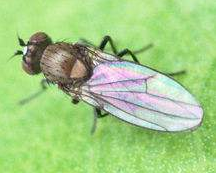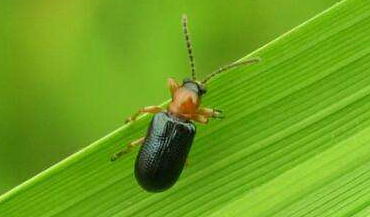Rice leaf miner and negative mud worm are the main pests of rice seedlings in our city. Since late May, the temperature in Dunhua City is low and the precipitation is too high. The roots are poorly developed after rice transplanting, which is easy to cause the leaves to flatten the water surface, which is conducive to production. In the hatching of eggs and eggs, field management should be strengthened at present, especially before transplanting, seedlings that have not been used should be given more attention.
First, the characteristics of rice leaf miner hazards
The rice leaf miner sneaked into the leaves of rice seedlings to feed the mesophyll tissue, leaving the upper and lower epidermis. The affected leaves present irregular white streaks. Each leaf has 2 to 3 larvae and 7-8 heads. When it is seriously damaged, it often causes the rice leaves to rot and die, which seriously affects the normal growth of rice and causes a reduction in production.
Second, the characteristics of rice negative mud pests
It mainly occurs in the rice seedling stage, feeding the leaves with larvae or adults, feeding the mesophyll along the veins, causing the leaves to cause many white longitudinal stripes. The seriously damaged rice seedlings are scorched, ruptured, and even the whole plant is dead.
Third, prevention measures

(1) Rice leaf miner
1. Field management should be strengthened, shallow water irrigation should be adopted to avoid floating seedlings and flooding in deep water, which can reduce the amount of eggs left by leaf miners, and serious land can be drained.
2, chemical control
1) 2% avermectin diluted 3000-5000 times liquid spray
2) 70% imidacloprid diluted 6000-7500 times spray
3) Jindou (3% pyridine worm) 1000-1500 times liquid
(2) Rice negative mud worm

1. Remove weeds from the edge of the field, roadsides and ditch, eliminate wintering hosts and reduce the source of insects.
2, in the early morning, use a small broom to gently sweep the larvae on the leaves into the water for 3-4 times, which can get better results.
3. Chemical control:
1) 70% imidacloprid diluted 6000-7500 times liquid spray.
2) 3% acetamiprid diluted 1000-1500 times liquid spray.
Food additives are compounds or natural substances added to food for the purpose of improving the color, aroma, and taste of food, as well as for the needs of anti-corrosion and processing technology. At present, there are 23 categories of food additives, with more than 2,000 varieties, including acidity regulators, anticaking agents, defoamers, antioxidants, bleaching agents, leavening agents, coloring agents, color retention agents, enzyme preparations, and flavor enhancers, nutritional fortifiers, preservatives, Sweeteners, thickeners, spices, etc.
Erythritol, Sweetener, Pigment, XOS , Carotene, fish oil
Xi'an Gawen Biotechnology Co., Ltd , https://www.ahualyn-bio.com